General Info – summary
This resinous, fire sensitive & monoecious Tree is up to 40m high & 1m in diameter. The fibrous bark is reddish grey and tends to flake. Young Leaves are initially needle-like, become decussate, adpressed and scale like. Small Male cones have 6 pairs of peltate (shield-shaped) & coriaceous scales. Female cones are up to 2cm long & have 4 equal sized scales in a single whorl. Brown/black seeds are wind dispersed.
Description
Widdringtonia schwarzii
Previous Name: Callitris schwarzii.
SA Tree No. 21.
Common names: (Afr) Baviaanskloofseder, Baviaanskloof-seder, Sapreehout, Sapreihout, Sipresboom. (Eng) Willowmore Cedar, Willowmore cypress.
Family: Cupressaceae (the conifer and cypress family) has about 28 genera and in excess of 130 species. This family is part of the Gymnosperm (naked seeded) group and has Trees that are usually evergreen, monoecious with male and female cones in the same tree. The initially small and needle-like Leaves mature into being narrow and scale-like. They collectively hide the young stem surface. Reproductive structures lack a perianth (calyx and corolla). The Male cones are up to 2cm long and pollen grains lack wings or air-bladders and are situated on the abaxial surface of the scales. In the Female cones, the scales have ovules on the adaxial side. The usually small Seeds are generally in woody, now gaping, leathery or fleshy cones. The seeds tend to have narrow wings.
Name derivation: Widdringtonia – named after Captain Widdringtonia (1787-1856) of the Royal Navy who published a book on European pines in the 19th century. schwarzii – named by Marloth* after E Schwartz who was one of the first observers of the tree. The genus Widdringtonia currently contains 3 indigenous species. The other 2 are W. nodiflora and W. cedarbergensis. Apart from its geographic location Widdringtonia schwarzii is very similar to W. cedarbergensis.
*Rudolf Marloth (1855-1931). He was a German businessperson and botanist who arrived in Cape Town in 1883. He was partly responsible for the formation of Mountain Club of South Africa. He also produced the Flora of South Africa. He completed this mammoth task of 6 volumes in 1932. He also produced a number of other publications. Two places have been named after him. Marloth Park in Mpumalanga – situated between Malelane and Komatipoort, and Marloth Nature reserve in the Swellendam Mountains of the Western Cape. This is now a World Heritage site.
Conservation: National Status: N T. (Near Threatened). Assessed: 2005 (J.E. Victor and A.E. van Wyk). The fire danger is real. This is a protected tree in the South Africa.
Tree
Under ideal conditions the Trunk (photo 548) may reach 1+m in diameter and occasionally 37m high but is usually less than half this. When young, these slow growing Trees are tall and slender (photo 213). As they mature, the lower branches fall off and the higher branches spread. The fibrous Bark is reddish grey and tends to flake (photo 548). The fibrous grey Wood is resinous, fragrant and highly flammable. All indigenous trees in the genus Widdringtonia have aromatic resin.
- 213. 2016/01/26. Pretoria NBG. Photo: David Becking.
- 548. 2016/08/23. Pretoria NBG. Photo: David Becking.
Leaves
Young needle-like Leaves are sub-spirally arranged and up to 20 x 2mm. With aging they become short, rounded scale-like and adpressed (closely and flatly pressed against the stem – photo 660). These scale-like Adult leaves are ovate (shape of an egg with the widest point closest to the petiole), up to 4mm long and occur towards the ends of branches. The arrangement of mature leaves on this evergreen tree is decussate (opposite pairs of leaves have successive pairs at right angles to each other (photo 939). They are not in whorls of 3 or 4.
- 660. 2016/11/22. Pretoria NBG. Photo: David Becking.
- 939. 2016/10/18. Pretoria NBG. Photo: David Becking.
Cones
The tree is monoecious (having both male and female reproductive organs on the same plant). Here separate male and female cones occur on the same tree. The small – up to 3mm long Male Cones develop in autumn and are located on short spur branches. Each cone has 6 pairs of Scales which are peltate (shield-shaped) and coriaceous (leathery). At the base of each scale are 4 Pollen sacs. In the almost spherical Female Cones, there are 4 equal sized faces/valves/scales which are arranged in a single whorl. These cones occur on distinct shoots (photo 318). They occur singly or they may be clustered. The 4 scales are divaricated (opened far apart) to allow pollination. At the base of each scale are several Ovules. After pollination, the 4 scales close. At this stage, the cones become distinctly woody, warty and rough. Each cone is up to 2cm wide. It takes nearly 3 years for Seed dispersal and cones, in different stages of development, may be visible simultaneously. The dark brown or black, flat seeds have well developed wings – indicating the method of dispersal. The Testa (seed coat) is crustaceous (having a hard crust or shell) and there are 2 needle-like green Cotyledons (seed leaf; primary leaf or leaves in the embryo).
- 318. 2018/01/16/ Pretoria NBG. Photo: David Becking.
- 42. 2018/08/18. Pretoria NBG. Photo: David Becking.
Distribution & Ecology
These drought resistant Trees are endemic (restricted to a particular geographic location) in the Eastern Cape. Large trees are mainly confined to remote inaccessible areas or are in nature reserves or botanical gardens. Trees planted in the Pretoria National Botanical Gardens are becoming impressive. Naturally occurring trees are located on southern facing slopes (moister and cooler) in ravines in the Willowmore district – about 140km NE of Knysna, where the altitude range is between 60 and 1 200m. This is within Baviaanskloof and Kouga Mountains – running east west and forming part of the Cape Fold Belt. In this area, the rainfall is less than 400mm per year and often with the poorest soils. Tree location is fragmented. Sadly, many of the substantial trees have been lost to harvesting and others to fire. The trees contain an aromatic flammable resin, which makes them susceptible to fire and the trunk may explode if the heat is great enough. Trees do have a regeneration capacity. The future of these trees in fire prone areas is aided by Coppice development. This occurs when young trees are cut or burned down to near ground level and causes regrowth from the stump or roots). Widdringtonia schwarzii is a protected tree in South Africa.
Ethnobotany
The long lasting, impressive looking whitish yellow Wood is fragrant; borer proof easily worked and was much used in the past. Harvesting is now illegal. The Pollen is allergenic. Seeds should be planted in sterile well-drained soil to prevent fungus root infection and young plants should be in shady areas and watered regularly. Adult trees are somewhat drought and cold resistant and do best in full sun. This plant makes a good Bonsai specimen. In the past, transporting the cut trees down the very steep mountainsides was a problem. Donkeys moved small pieces, and larger specimens were positioned on streambeds for the rain to wash downhill –where they were more easily collected.
References
Coates Palgrave, M. 2002. Keith Coates Palgrave Trees of Southern Africa, edn 3. Struik, Cape Town.
Lawrence, G. H. M, 1951. Taxonomy of Vascular Plants. The Macmillan Company, New York. Tenth Printing 1965.
Palmer, E. & Pitman, N. 1972. Trees of southern Africa. Balkema, Amsterdam, Cape Town.
van Wyk, B. & van Wyk, P. 1997 Field guide to Trees of Southern Africa, Struik, Cape Town.
Victor, J.E. & van Wyk, A.E. 2005. Widdringtonia schwarzii (Marloth) Mast. National Assessment: Red List of South African Plants version. Accessed on 2024/04/12.
http://www.plantzafrica.com/plantwxyz/widdringschwar.htm
https://en.wikipedia.org/wiki/Widdringtonia_schwarzii
http://conifersgarden.com/seeds/widdringtonia/widdringtonia-schwarzii.html
http://www.conifers.org/cu/Widdringtonia_schwarzii.php
http://threatenedconifers.rbge.org.uk/taxa/details/widdringtonia-schwarzii
http://posa.sanbi.org/flora/browse.php?src=SP
https://en.wikipedia.org/wiki/Cupressaceae
https://www.britannica.com/plant/Cupressaceae
Widdringtonia schwarzii | PlantZAfrica (sanbi.org)

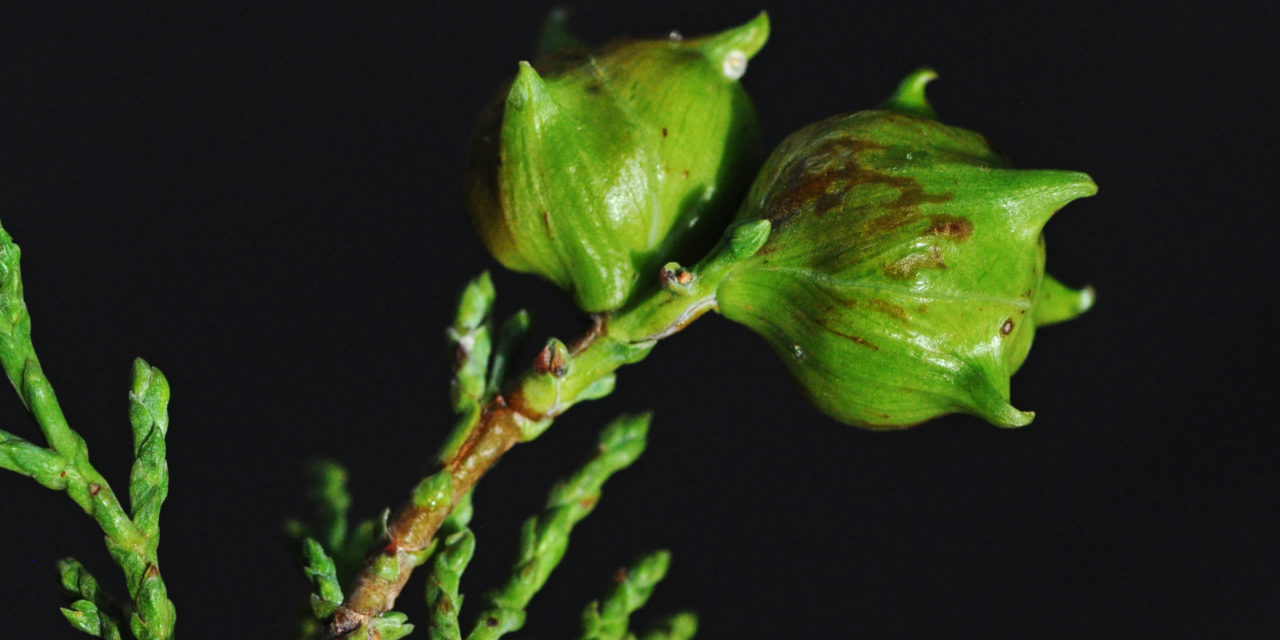
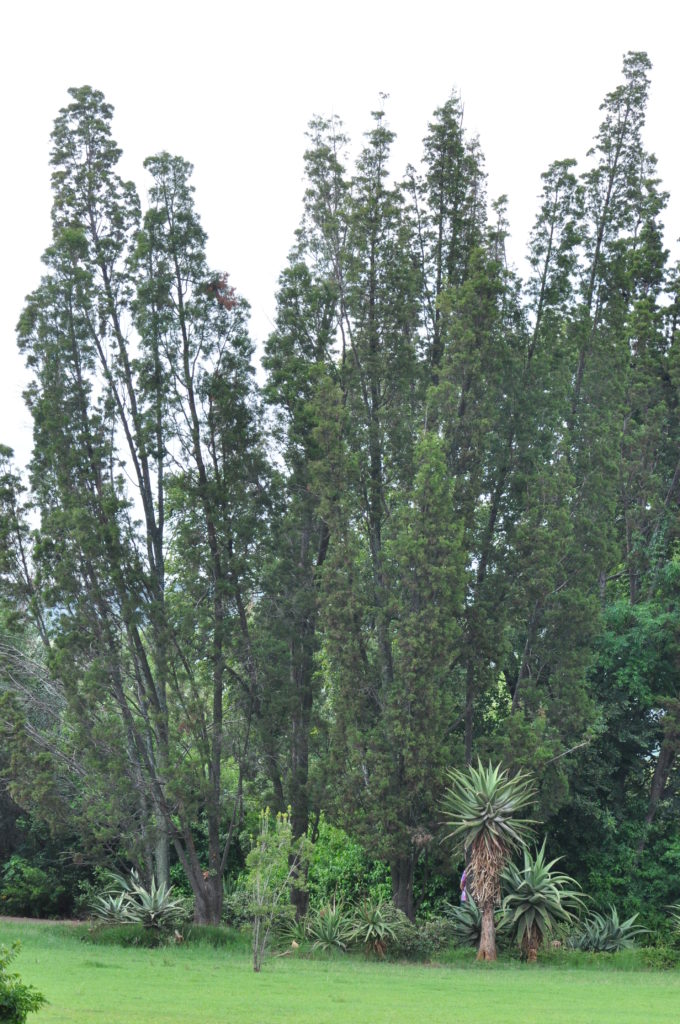
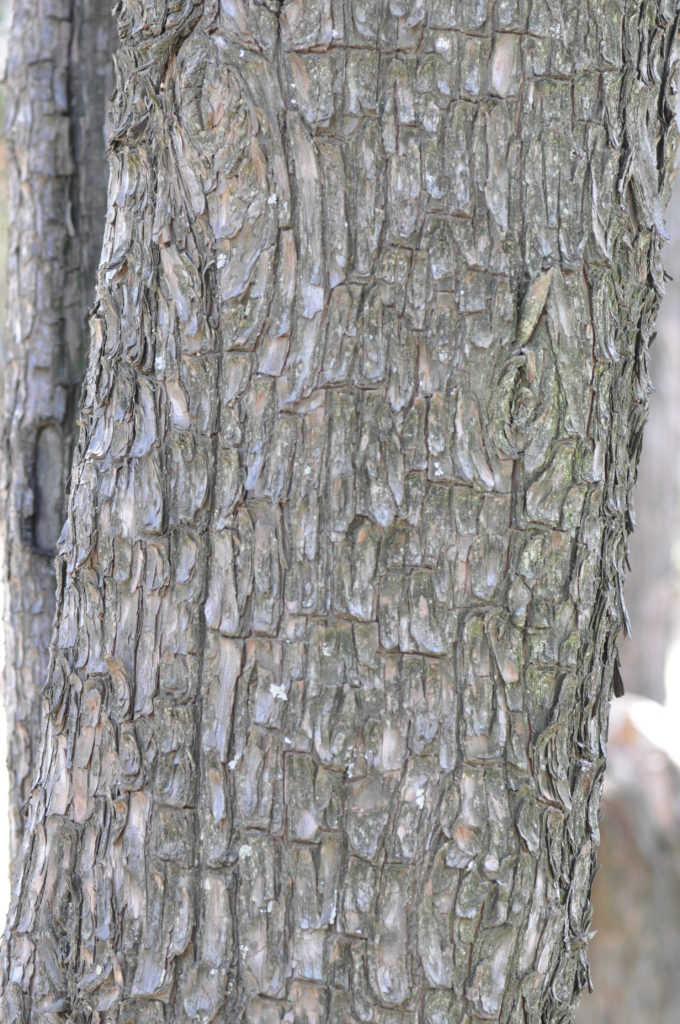
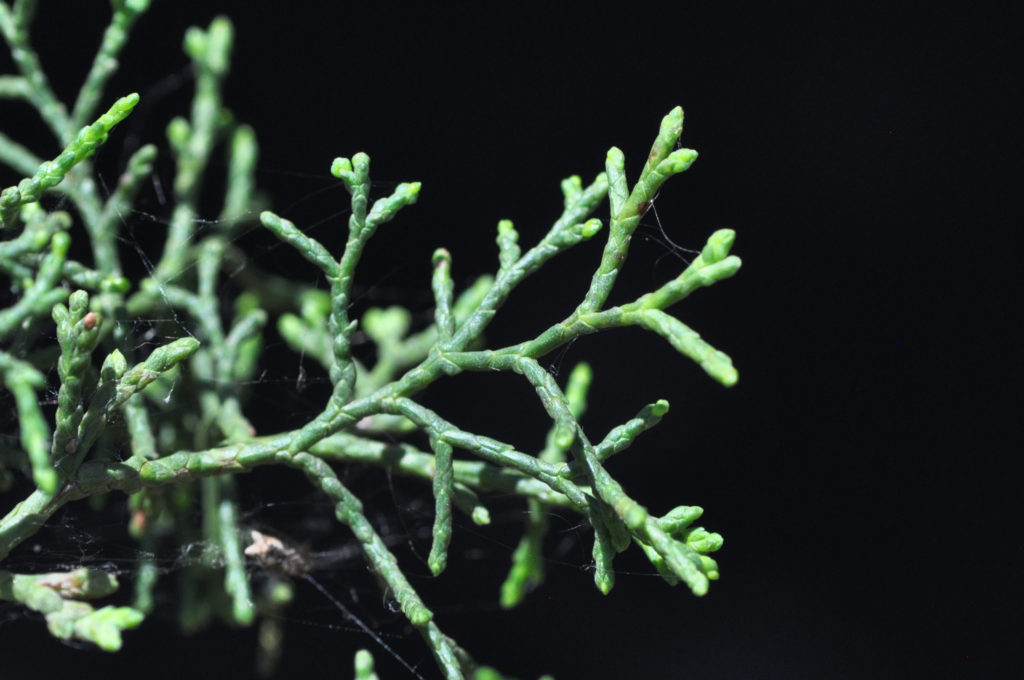
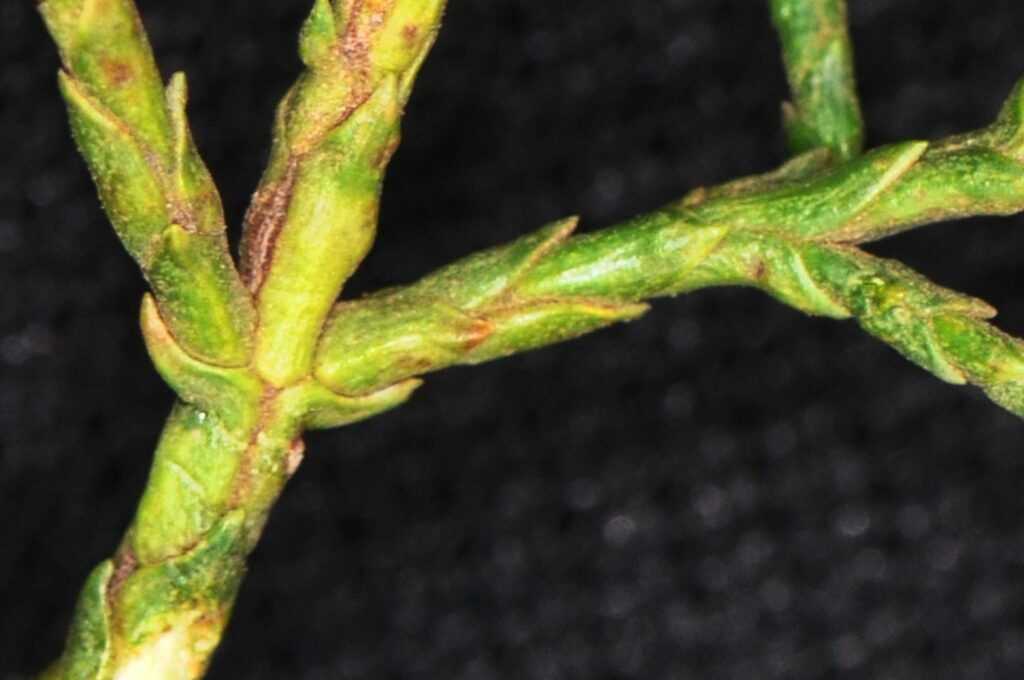
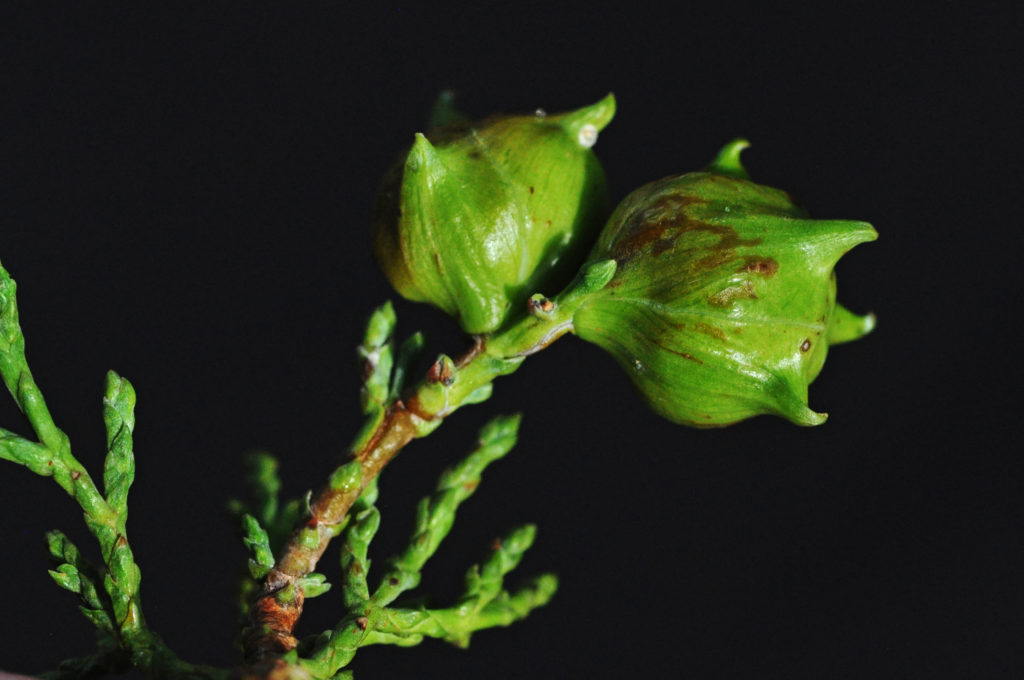
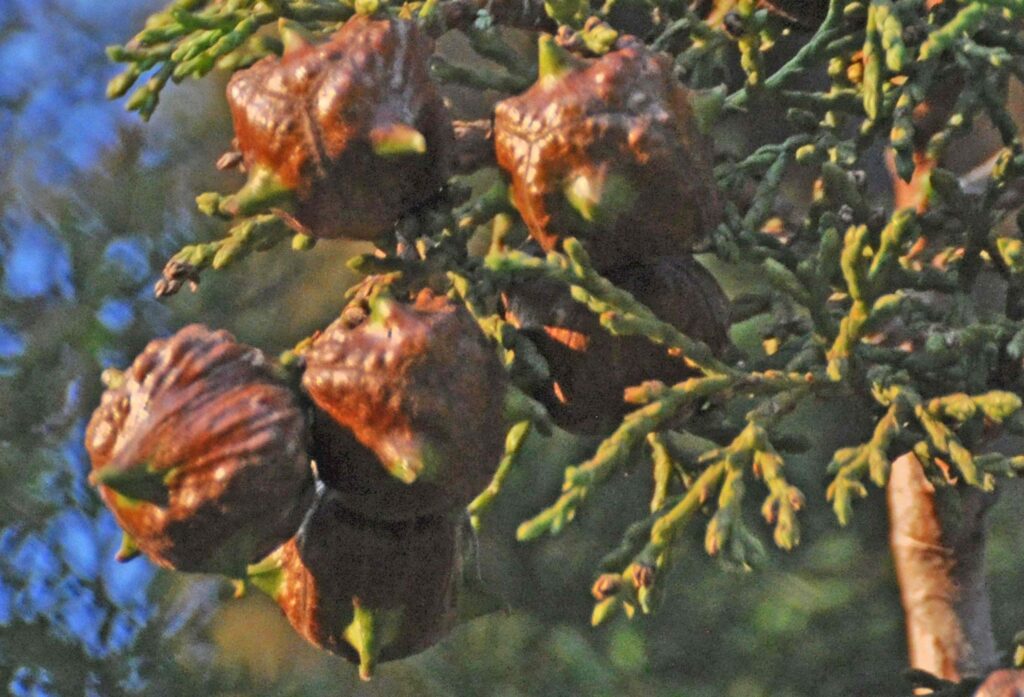
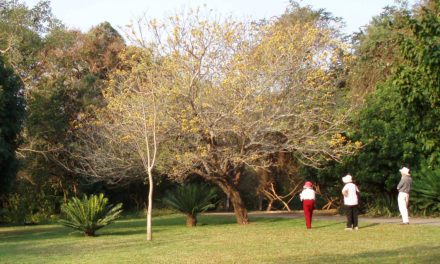
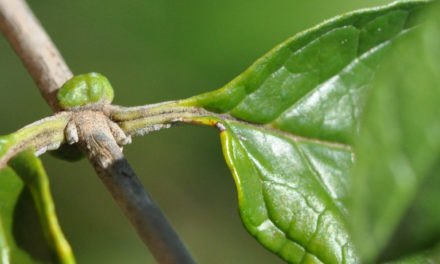
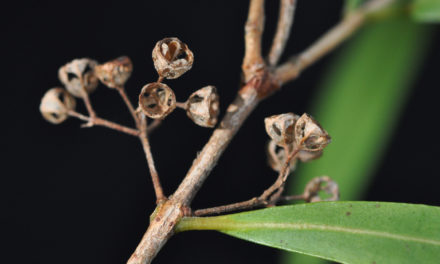
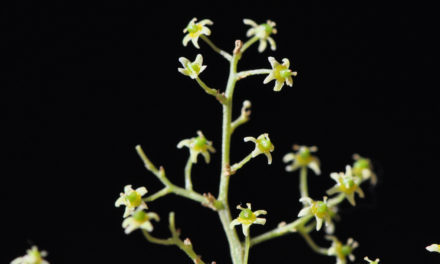
Good – I should definitely pronounce, impressed with your website. I had no trouble navigating through all the tabs and related information ended up being truly easy to do to access. I recently found what I hoped for before you know it in the least. Quite unusual. Is likely to appreciate it for those who add forums or something, website theme . a tones way for your client to communicate. Excellent task..
Greetings Sable
Many thanks for your comments. The project has taken in excess of 10 years and has given me time to do something during my retirement. Should you come across any errors I would happily attend to them. Sggestions are always welcome!
Take care and stay safe!
David Becking.